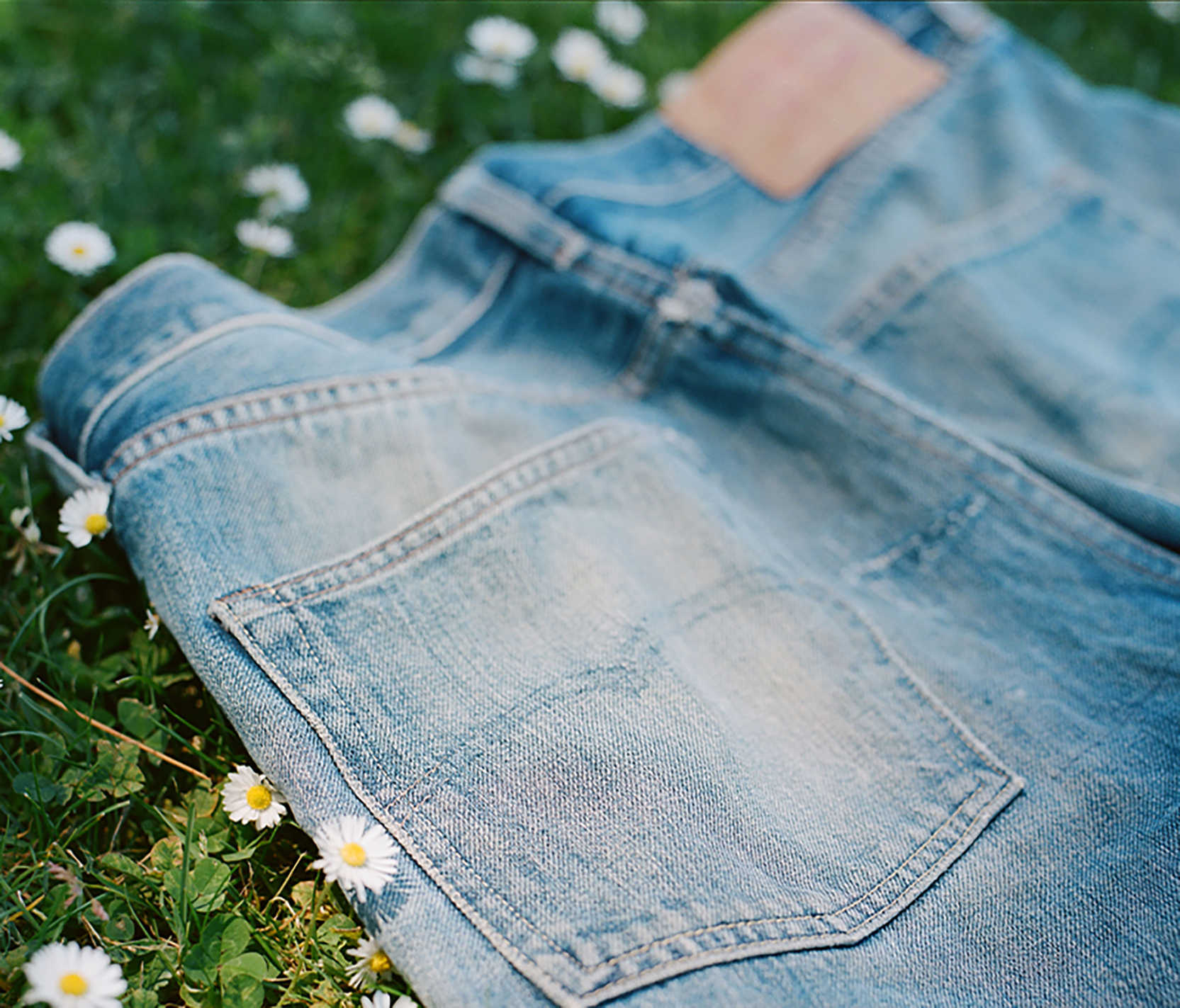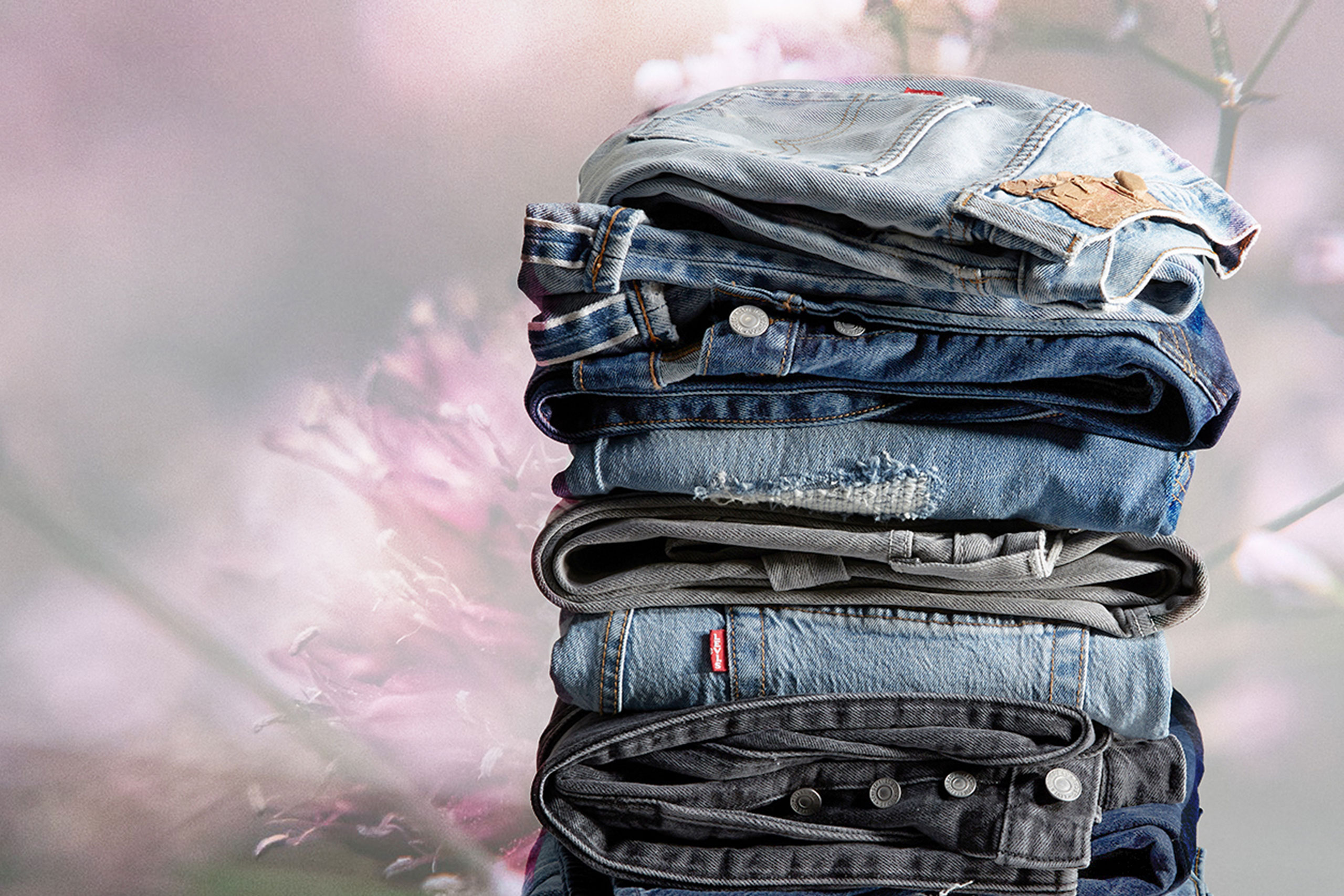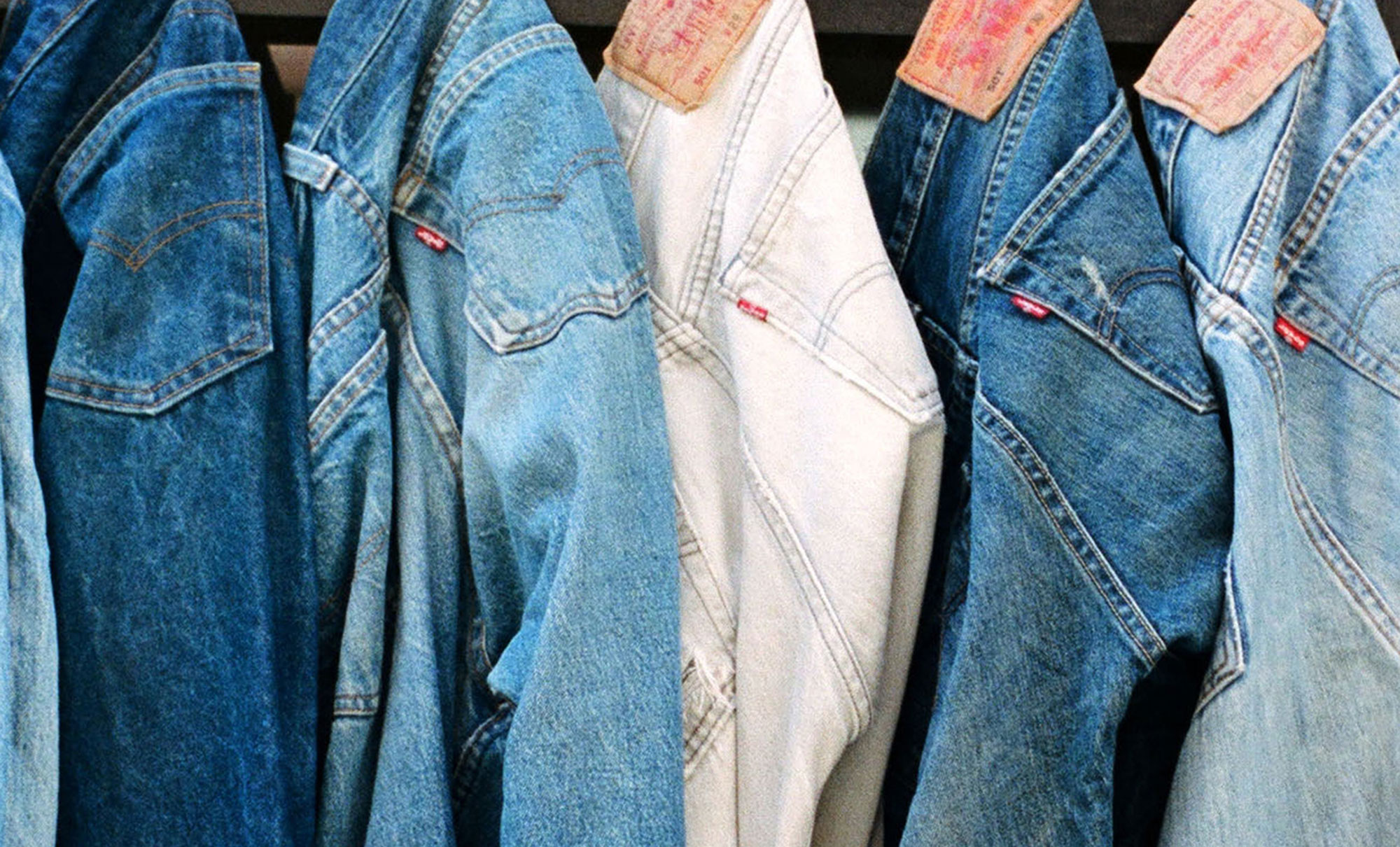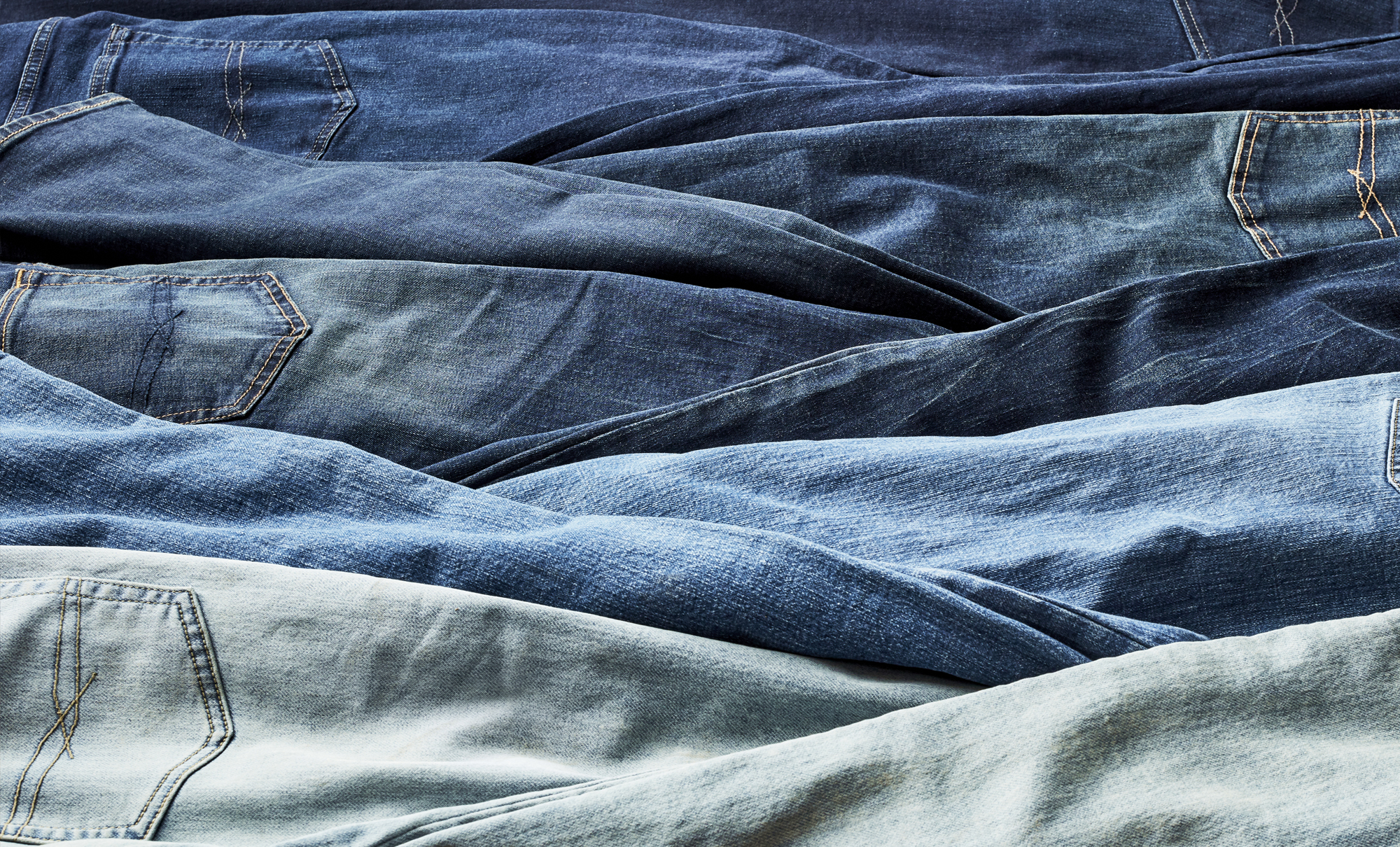
Our sustainability strategy centers on three main pillars — climate, consumption and community — that encompass where we are putting our energy and how we see our obligations in and beyond this moment. We aim to lead in transparency and impact, to accelerate the circular economy and to increase collaboration in the apparel industry by inspiring employees, communities and value chain partners to join the journey. To achieve our ambitions, we will continue fortifying each pillar, working with humility and transparency to deliver meaningful progress while evolving our efforts to ensure our business keeps getting more sustainable, day by day.
Our Sustainability Goals
Our holistic sustainability strategy demonstrates our commitment to both a comprehensive definition of sustainability and to progress across our key sustainability pillars of climate, consumption and community.
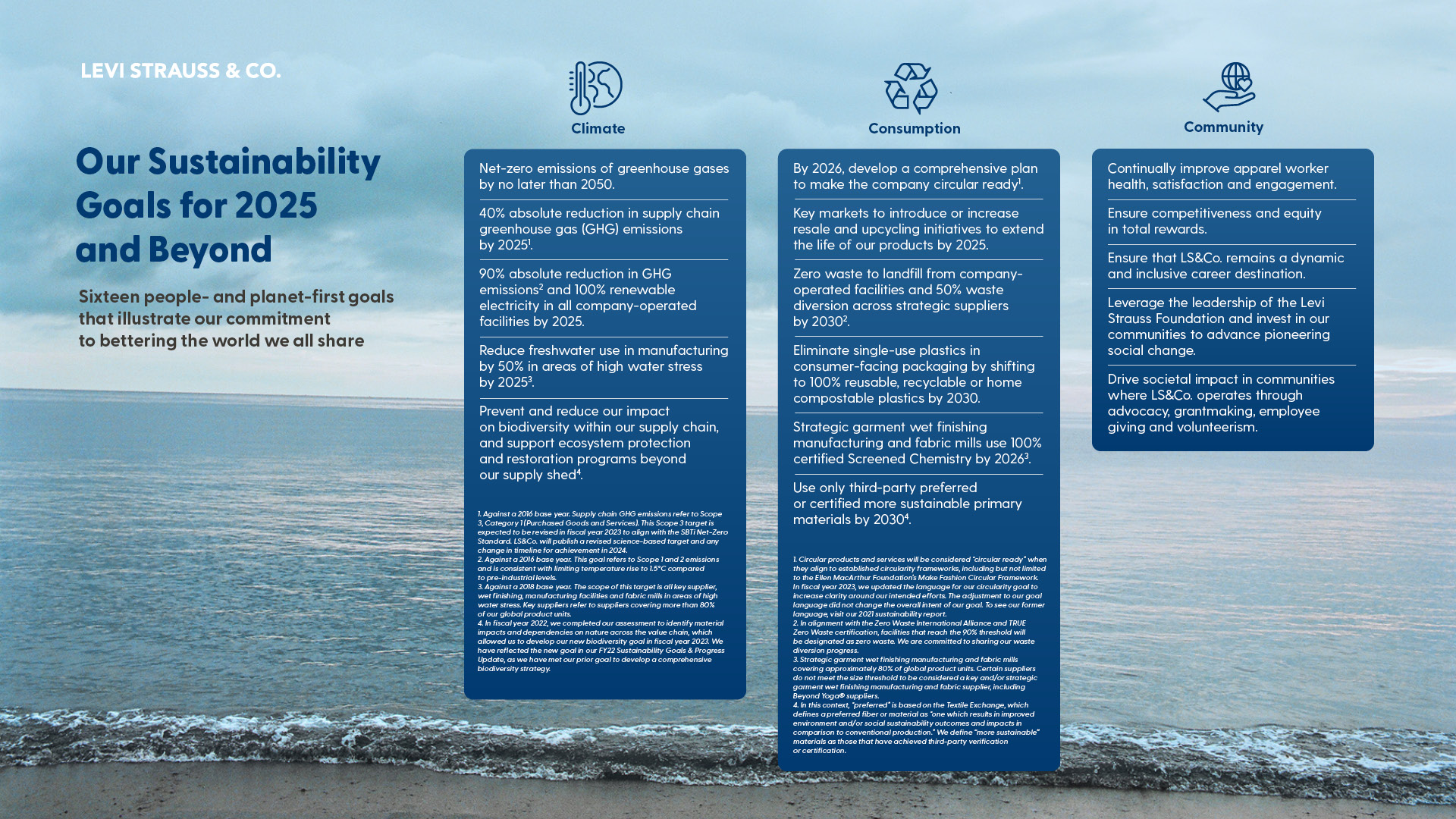
Key Sustainability Pillars

Climate
Reducing our climate footprint across our value chain and galvanizing others for collective action are top priorities. While we acknowledge the challenges ahead and the many variables involved, we aim to leverage our innovation, supplier engagement, sustainable sourcing, advocacy and giving, while taking steps to strengthen our own business resilience to the effects of climate change.
Learn More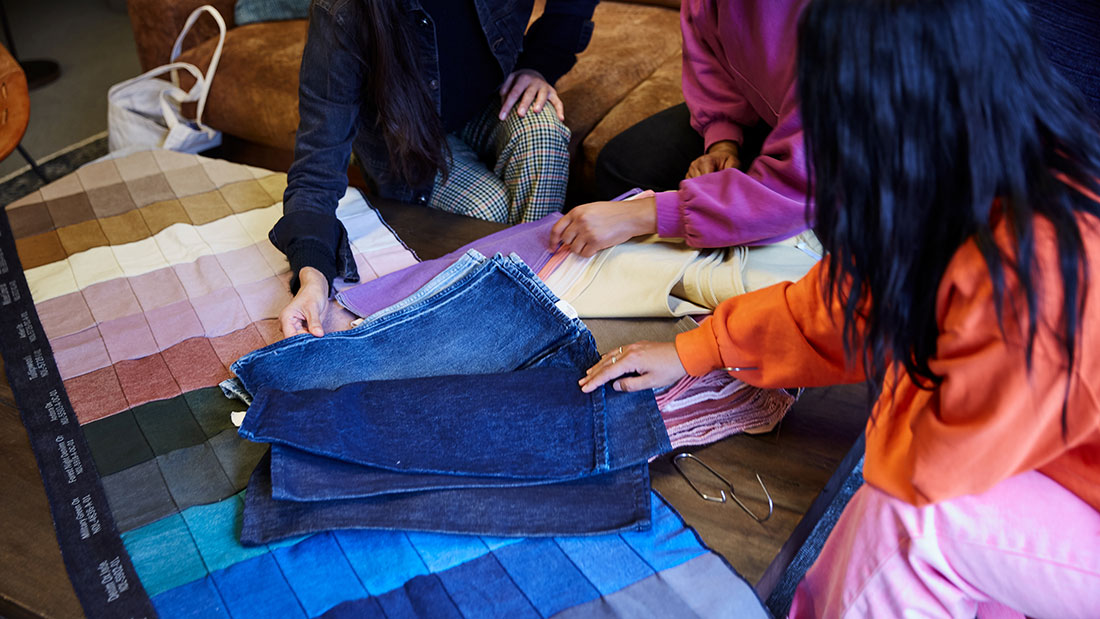
Consumption
We continue to encourage innovation and broader action on the path to embracing a circular economy and reducing resource consumption. We are committed to playing a central role in the apparel industry’s journey toward a circular future — one where materials are used and reused safely, where ecosystems are protected and regenerated, and where people have good work and livelihoods.
Learn More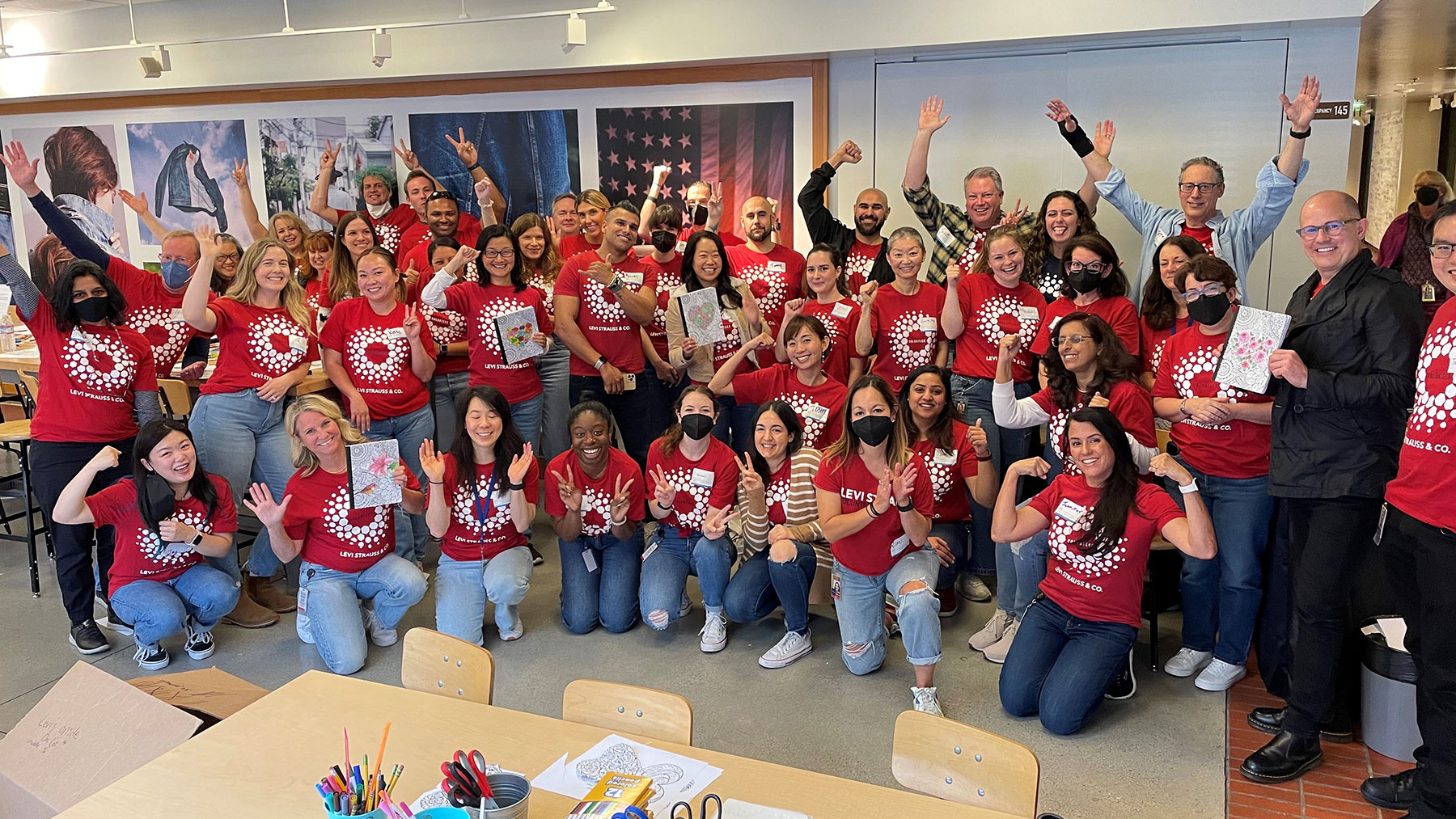
Community
We are committed to doing what we can to help make sure everyone in the LS&Co. value chain has access to safe and supportive work environments where they can bring their whole selves and experience dignity and respect. Our actions and ambitions within this community framework include employee programs for health and safety, wellness and development; diversity, equity and inclusion work; our supply chain standards and Worker Well-being initiatives; our social issue advocacy; and our giving and volunteering programs. Together, these are cornerstones of the “profit through principles” approach that guides our business.
Learn More
Latest Sustainability News
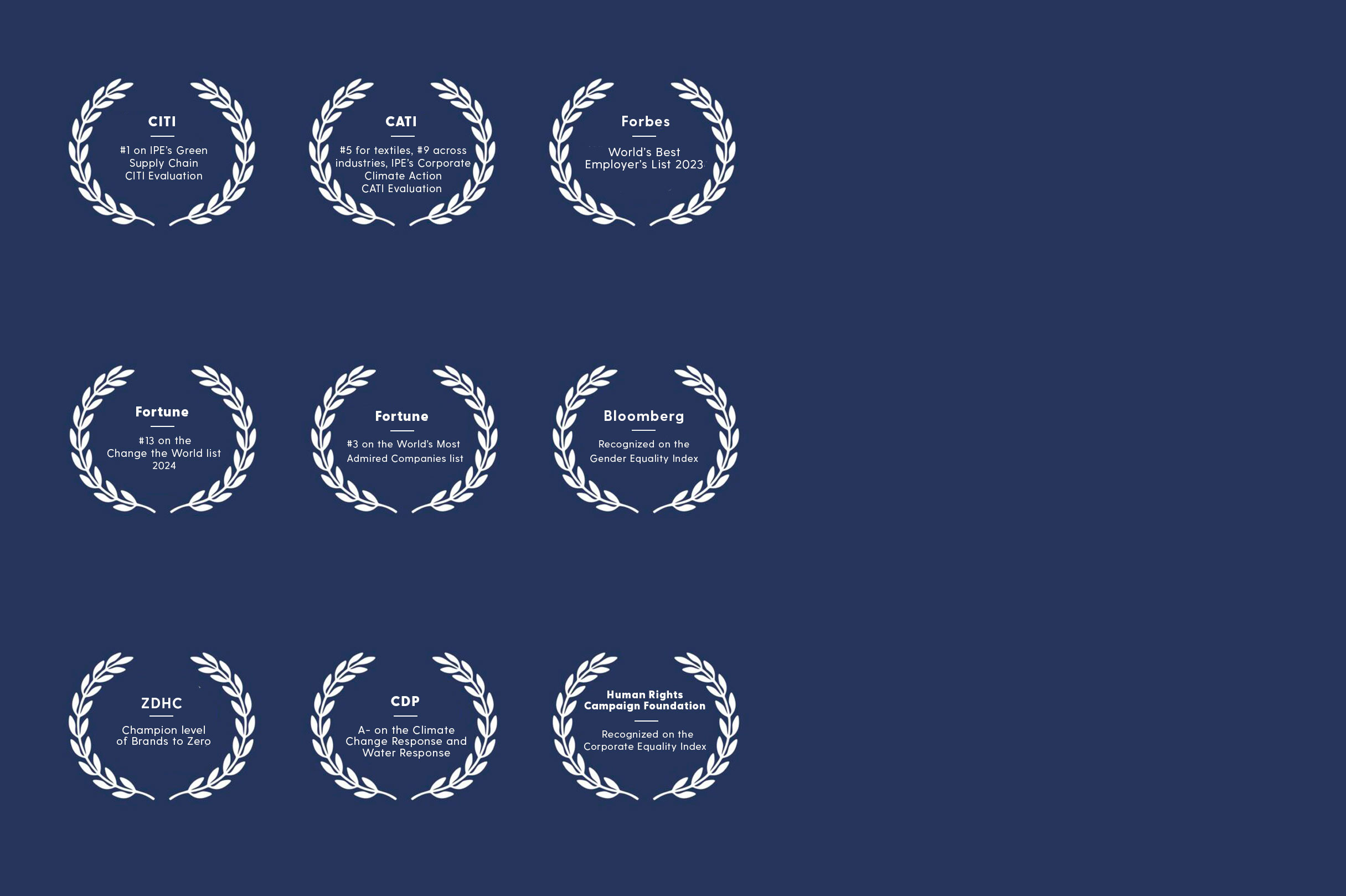
2023 Awards and Recognition
Forward-Looking Statements
The resources on this website contain forward-looking statements, including statements related to our sustainability strategies, initiatives and targets. We based these forward-looking statements on our current assumptions, expectations and projections. These forward-looking statements are estimates and involve a number of risks and uncertainties that could cause actual results to differ materially. These risks and uncertainties are detailed in our filings with the U.S. Securities and Exchange Commission, including our Forms 10-K and may be updated from time to time via additional filings on Forms 10-Q or 8-K. Other unknown or unpredictable factors also could have material effects on our future results, performance or achievements. All information contained in the resources on this website was current only as of the date originally presented and we disclaim any obligation to update this information.


